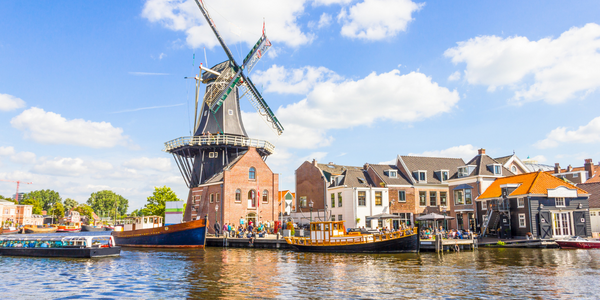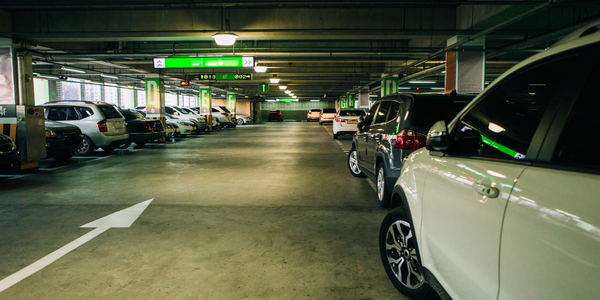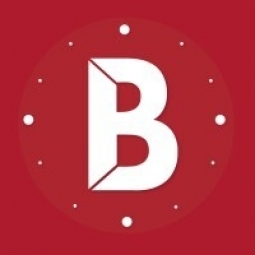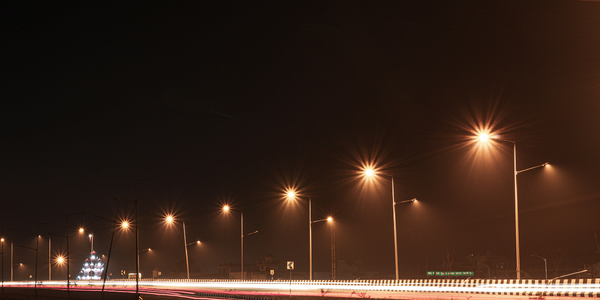Technology Category
- Application Infrastructure & Middleware - Event-Driven Application
- Sensors - GPS
Applicable Industries
- Cities & Municipalities
- Marine & Shipping
Use Cases
- Personnel Tracking & Monitoring
- Time Sensitive Networking
About The Customer
Cool Running Events (CRE) is an Ireland-based event management company that specializes in the production, management, and marketing of pop-up events. The company operates nationally recognized and award-winning brands such as Ice Skating.ie, The Nightmare Realm, and Ocean Escapes. CRE is Ireland’s largest operator of seasonal ice rinks, having been in the ice rink business since 2004. The company has installed and managed major ice rinks in shopping centers, event centers, and locations across Ireland. Over the years, CRE has expanded into varied events while constructing and managing ice skating rinks around the country during the winter season.
The Challenge
Cool Running Events (CRE), an event management company, faced significant challenges as it expanded its operations. The company, which specializes in the production, management, and marketing of pop-up events, had grown to manage multiple events across various locations. This expansion led to an increase in the size of their team, which in turn, created a need for a reliable scheduling and timekeeping system. One of the main concerns was the scheduling of employees. Given the unpredictable nature of events, assigning shifts was a complex task. Some shifts required full-time staff, while others needed part-time or on-call employees. Managing this across several locations was becoming increasingly difficult. Additionally, tracking the hours that staff clocked in and out was challenging. The lack of a formal process for staff to submit their working hours led to inaccurate records, which in turn, resulted in higher labor costs. The process of gathering data from multiple sources in inconsistent formats for payroll was also a significant challenge.
The Solution
The company turned to Bizimply, a workforce management solution, to address these challenges. With Bizimply, CRE was able to streamline scheduling and payroll processes, reducing the time spent on these tasks significantly. The solution allowed the company to approve the hours worked at each event, avoid misunderstandings or errors, and set up and copy schedules for future events. This meant that schedules could be published within minutes. Employees were given instant access to the schedule through the MyZimply app, improving transparency and making it easier for them to plan activities outside of work. The solution also allowed for easy management of seasonal staff. Bizimply enabled CRE to deactivate these employees when a location was closed for the season and reactivate them, with all their information securely stored, when the location reopened. This saved managers the time of having to input all employee information again.
Operational Impact
Quantitative Benefit

Case Study missing?
Start adding your own!
Register with your work email and create a new case study profile for your business.
Related Case Studies.

Case Study
Turning A Stadium Into A Smart Building
Honeywell created what it called the “intelligent system” for the National Stadium in Beijing, China, turning the venue for the opening and closing events at the 2008 Summer Olympics into a “smart building.” Designed by highly controversial artist Ai Weiwei, the “Bird’s Nest” remains one of the most impressive feats of stadium architecture in the world. The 250,000 square meter structure housed more than 100,000 athletes and spectators at a time. To accommodate such capacity, China turned to Honeywell’s EBI Integrated Building Management System to create an integrated “intelligent system” for improved building security, safety and energy efficiency.
.png)
Case Study
Smart Street Light Network (Copenhagen)
Key stakeholders are taking a comprehensive approach to rethinking smart city innovation. City leaders have collaborated through partnerships involving government, research institutions and solution providers. The Copenhagen Solutions Lab is one of the leading organizations at the forefront of this movement. By bringing together manufacturers with municipal buyers, the Copenhagen Solutions Lab has catalyzed the development and deployment of next-generation smart city innovations. Copenhagen is leveraging this unique approach to accelerate the implementation of smart city solutions. One of the primary focus areas is LED street lighting.

Case Study
Buoy Status Monitoring with LoRa
The Netherlands are well-known for their inland waterways, canals, sluices and of course port activities. The Dutch Ministry of Infrastructure indicates that there are thousands of buoys and fixed items in and near water environments that would profit from IoT monitoring. One of the problems with buoys for example, is that they get hit by ships and the anchor cable breaks. Without connectivity, it takes quite some time to find out that something has happened with that buoy. Not to mention the costs of renting a boat to go to the buoy to fix it. Another important issue, is that there is no real-time monitoring of the buoys at this moment. Only by physically visiting the object on the water, one gains insight in its status.

Case Study
Barcelona Case Study
Barcelona’s heavy traffic and its associated high levels of pollution were the primary factors that motivated some companies and universities to work on strategies for improving traffic in the city centre. Bitcarrier is one of the technologies involved in the In4Mo Project, whose main objective is to develop the applications that form the core of smart mobility, one of the fundamental pillars of the smart city concept.

Case Study
China Mobile Smart Parking
Smart Parking, powered by NB-IoT technology, is making it easier for drivers to find free parking spots. Cities can better manage their parking assets and maximize the revenue available to them as a result. Drivers searching for parking create congestion and pollution by circling and hunting for available parking. Smart Parking services are able to significantly ease these problems by guiding a driver directly to a parking space.








